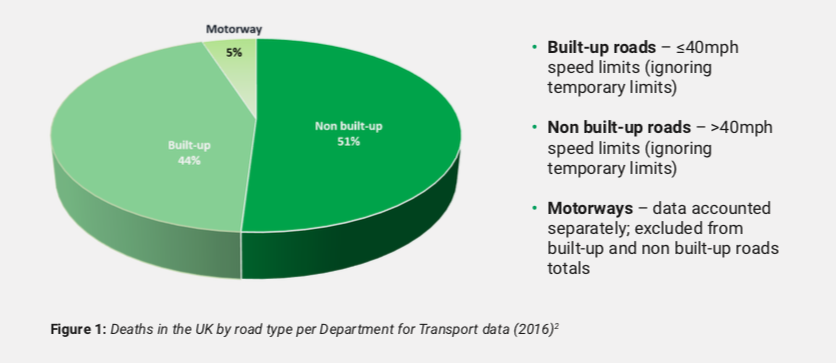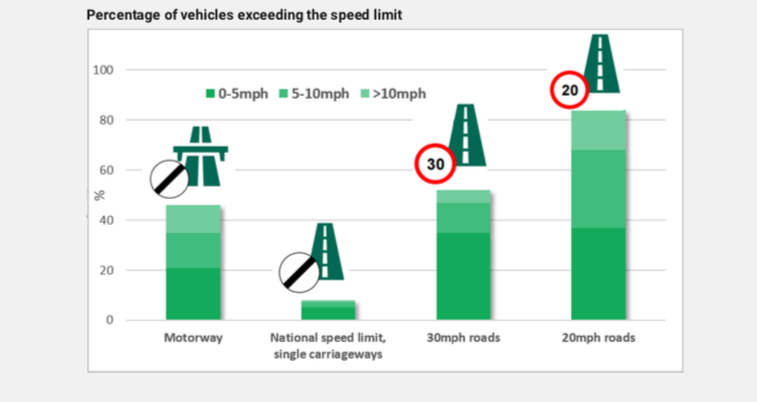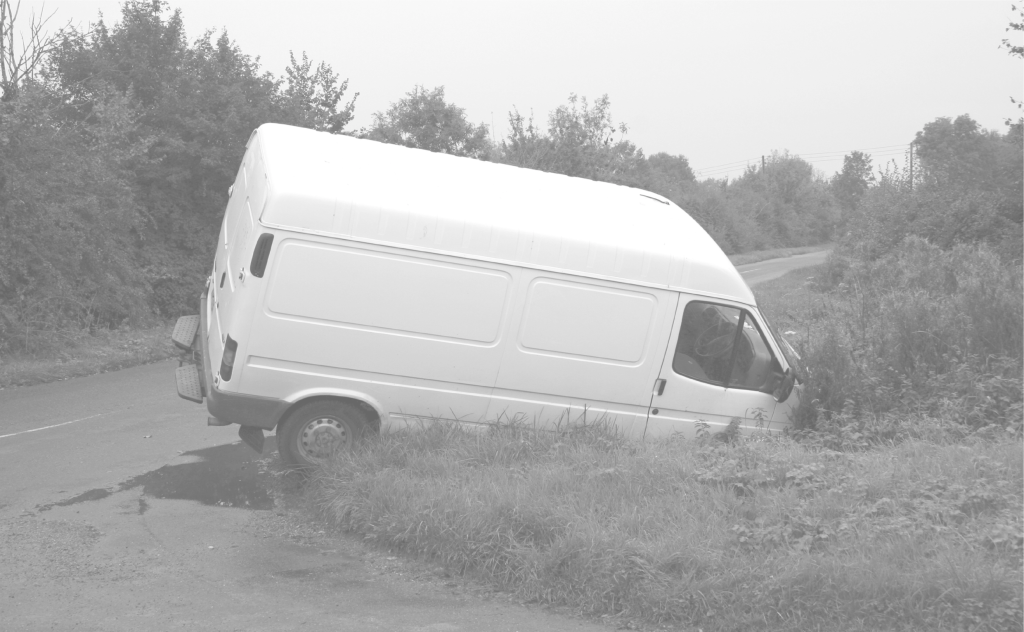Drivers who often face work-related time constraints can find themselves speeding or demonstrating risky behaviour, leading to minor violations. Some say that’s acceptable or necessary in their role. However, tracking drivers’ offences based solely on the legal speed limit is insufficient. This is because the safe speed for a road may actually be well below the legal limit. This is particularly true on rural roads. Data shows a disproportionate rate of fatal accidents on rural roads, despite very few drivers exceeding the legal limit.
Now you can have a better picture of which speeds are statistically proven to be safe on any given road, versus what is simply ‘legal’. Fleet managers can coach drivers to maintain safe speeds, thereby saving lives and reducing loss ratios.
Data from the Department for Transport shows that motorway accidents account for only a small fraction of road fatalities. This is despite carrying almost a quarter of all traffic. As shown below, more than half of all road fatalities in the UK occur on non-built-up roads, which have speed limits over 40 mph. More serious accidents occur on such roads due to higher average speeds. Also, there are more fatal accidents on rural roads than urban roads.

What is a ‘Safe’ speed?
The appropriate speed for any given road depends on the context-layout, width, surface, contour, conditions and time of day. As such, speed limits are often a very poor benchmark for accident risk, especially on rural roads.
In fact, when examining legal-limit offences, data from the Department for Transport shows that:

Notice how there are lower rates of illegal speeding on the types of roads that have higher fatality rates.
Essentially, drivers must ‘read’ the road to determine a safe speed, particularly on rural roads.
Many telematics solutions primarily use legal speed limits to evaluate how speeding affects driving style. We often recommend the Quartix vehicle tracker. It’s unique in that it determines the speeds that are statistically proven to be safe on any given road. Also, it uses that data to identify at-risk drivers. This is based not only on the legal speed limit, but also mean speed distribution of free-flowing traffic.
For more information on the Quartix system, or a demonstration, contact TT-Matics on 01245 231 393 or message us now.


